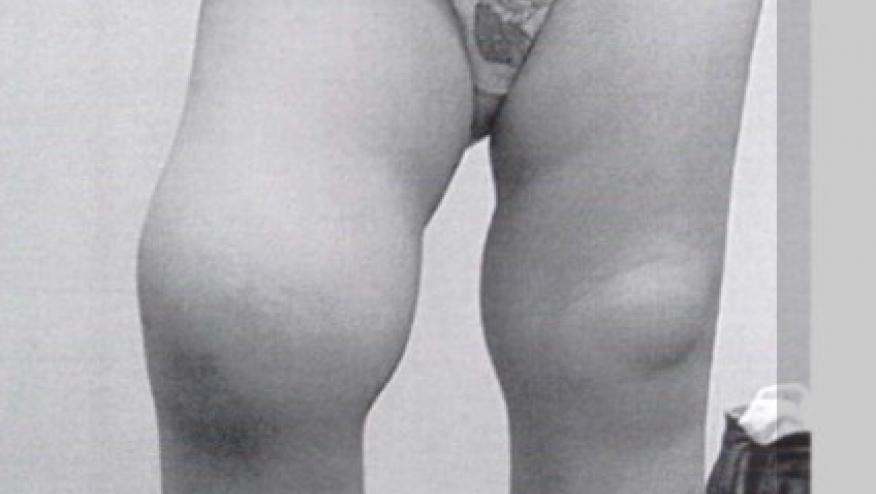Two New Biologics for Polyarticular JIA Save

On Monday, November 13, there were two new presentations at the annual ACR 2016 meeting on new biologics seeking approval for use in polyarticular juvenile arthritis.
While both abatacept (ABA) and certolizumab (CZP) are currently FDA-approved for use in adult rheumatoid arthritis, further study is required before they can be considered in juvenile idiopathic arthritis (JIA).
These trials are unique as their design is different from usual drug developmental trials. First, there are no required placebo cohorts. These drugs are already approved and it seems sensible to avoid the placebo arm in pediatric patients. Second, the primary endpoint of these trials is the study of pharmacokinetics and meeting a prespecified trough level goal. Lastly, the secondary endpoints were efficacy and safety outcomes.
The PASCAL study was a 12-week randomized trial of CZP in polyarticular JIA. This study involved two different cohorts. In the original cohort of 78, JIA,patients were dosed according to their weight. The first group of 10 - 20 kg patients received CZP 50 mg every two weeks. The next group of 22 - 40 kg patients received 100 mg every two weeks. And the third group received 200 mg every two weeks if they were above 40 kg. After initial cohorts, PK studies were analyzed, and a second cohort of 85 patients were enrolled using lower doses of CZP also based on weight.
Both groups were equally matched with the mean age of 11 to 12 years, and they were mostly females with active disease who were also receiving methotrexate in 64% to 78% of patients. The disease duration was roughly 2 years.
After Dr. Hermine Brunner presented data showing the comparative target trough levels in adults, their analyses showed that their initial cohort was receiving possibly too much medicine. Thus it was decided to enroll a second cohort called the reduced-dose cohort. Although differences in trough levels were seen in the 2 cohorts, both achieved clinical outcomes that were quite similar. Both groups had nearly 80% of patients achieved a Pedi-ACR 30 response and nearly 30% of patients received a 90% response.
This CZP study showed that weight-based dosing for JIA patients could yield therapeutic trough levels analogous to adult patients. There were no new safety signals in these pediatric patients.
The second study focused on abatacept and was an open-label 24 month study in patients with polyarticular JIA, presented by Dr. Dan Lovell. In this trial patients were also dosed according to their weight. The 3 brackets included 10 - 25 kg; 25 - 50kg, or greater than 50 kg who received incremental doses of 50mg, 87.5mg and 125 mg subcutaneously once a week, respectively.
This data showed that target therapeutic (trough) exposures were above the expected range and that these exposures were associated with high level clinical response rates.
In both the 2 to 5-year-old group (n= 32 patients) and the 6 to 17-year-old group (n= 173 patients) for Month 4, pedi-ACR 30 response rate was nearly 80%.
This pivotal trials offer new hope to those who treat polyarticular JIA patients. This data has not been reviewed by the FDA and neither is currently approved for use in JIA.








If you are a health practitioner, you may Login/Register to comment.
Due to the nature of these comment forums, only health practitioners are allowed to comment at this time.